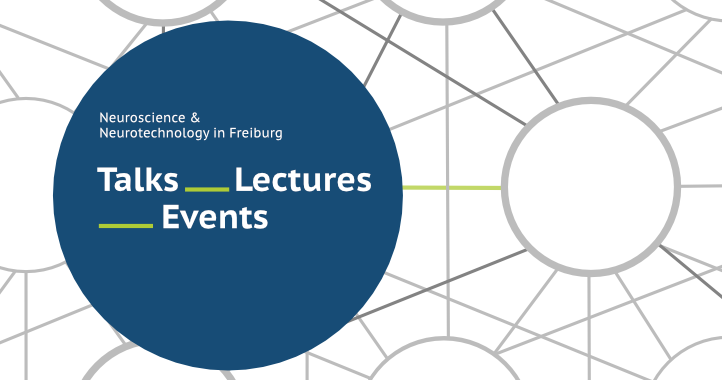Scott Pluta: Bilateral integration in sensorimotor cortex is controlled by behavioral relevance
| When |
May 09, 2025
from 02:00 PM to 03:00 PM |
|---|---|
| Where | Hermann-Herder-Str. 7, seminary room 5th floor, 79104 Freiburg, 5. OG |
| Contact Name | Carolin Gschlecht |
| Contact Phone | 0761-203-5150 |
| Add event to calendar |
|
Abstract
The coordination of movements and experiences across both sides of the body is fundamental to human and animal behavior. For instance, humans use both of their hands to manipulate objects, and rodents use whiskers on both sides of their face to navigate complex terrain. A major goal of the Pluta lab is to decipher the neural computations, circuits, and cognitive states that control the interhemispheric coordination of tactile features.
To address this problem, we performed large-scale recordings from neurons in both somatosensory cortices (S1) while mice used active whisker touch to coordinate stimulus features across their hemispheres. When mice touched reward-associated bilateral stimuli, they moved their whiskers with greater bilateral symmetry, and synchronous spiking and phase-locking emerged between the hemispheres.
This coordinated activity was absent in stimulus-matched naïve animals, indicating that interhemispheric coupling involved a goal-directed, internal process. In S1 neurons, bilateral facilitation was augmented for reward-associated stimuli and was lost on trials where expert mice failed to respond. Silencing of callosal S1 terminals reduced bilateral facilitation and interhemispheric synchrony. These results reveal a novel, state-dependent logic that augments the flow of tactile information through the corpus callosum.


